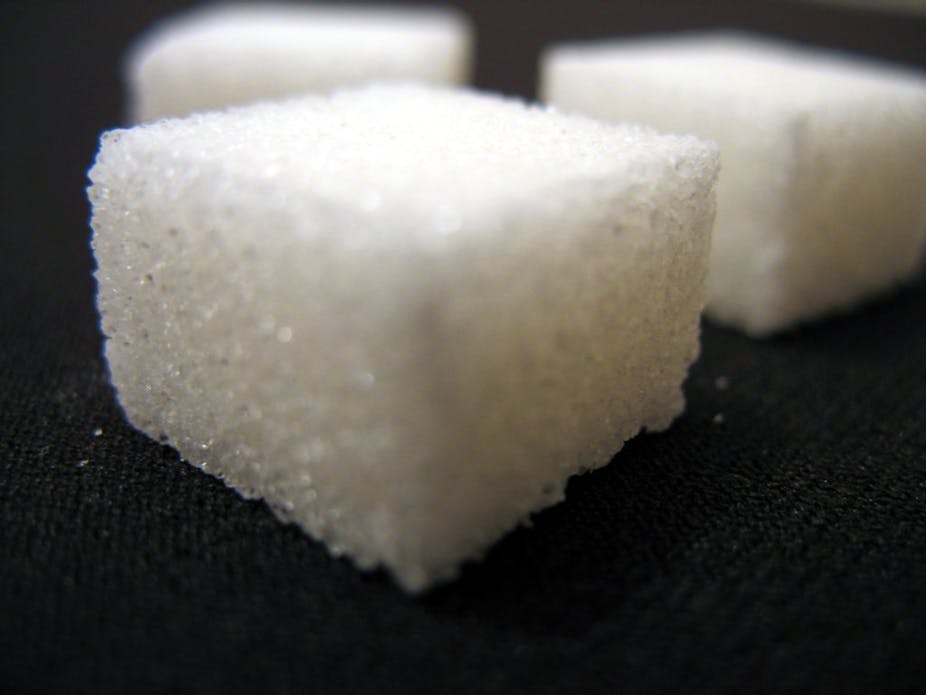Scientists have created a glucose-powered biofuel cell that is five to 10 times more powerful than existing cells and lasts weeks longer, paving the way for implanted medical devices that run on the body’s naturally occurring sugars.
The goal is to develop small glucose biofuel cells to power medical devices implanted in humans, such as pacemakers and artificial valves. The cells use oxygen and glucose found within the body to create power.
A team of researchers led by Dr Serge Cosnier from the Department of Molecular Chemistry at France’s Université Joseph Fourier last year successfully implanted glucose biofuel cells in two rats but found the cells did not last very long.
Now, they’ve managed to create a cell that is stable for at least one month and boasts a power density of up to 1.3 milliwatts per centimetre squared and an open circuit voltage of 0.95 volts – the best performance seen yet by a glucose biofuel cell.
“In general, our cell is five to 10 times more powerful,” than most previous cells, said Dr Cosnier.
The team’s paper was published in the journal Nature Communications and Dr Cosnier said further experiments were planned.
“We are already working on implanted biofuel cells in rats and will test this new biofuel cell in cows this autumn. We will need at least four years to develop an application for humans,” he said.
“The main application is to power implanted medical systems; the idea is to increase the size of the biofuel cell to reach a power level needed to operate medical devices consuming more power than pacemakers – for instance, an artificial urinary sphincter.”
Dr Shelley Minteer, an electrochemist at Saint Louis University in the U.S and an expert in the field, said Dr Cosnier’s work was bringing the dream of glucose-powered medical devices closer to fruition.
“Professor Cosnier and his team have been making great advanced in glucose biofuel cells over the last few years, that have shown that implantable bio-battery technology for sensors, drug delivery systems, valves, and pacemakers may be a reality,” said Dr Minteer, who was not involved in the research.
“It will likely be over a decade before we will see this technology in the marketplace.”
Professor Chris Easton from the Australian National University’s Research School of Chemistry, who was also not involved in the project, said the great limitation for glucose biofuel cells in the past had been their short life spans and low power output.
“Anything that increases their efficiency or their robustness is a good thing. Normally, they last days to weeks, whereas ideally you want them to run for much longer. The longer, the better.”

